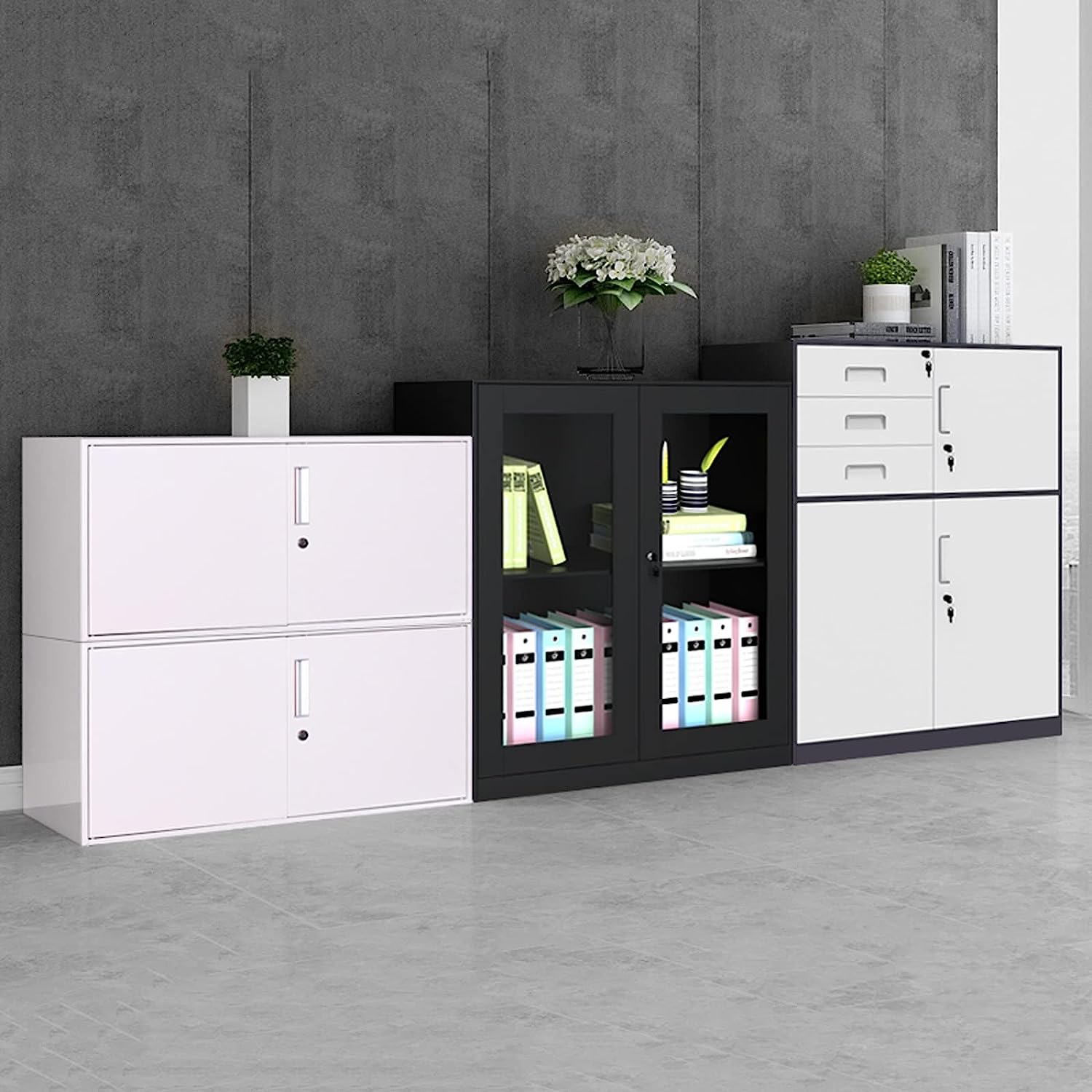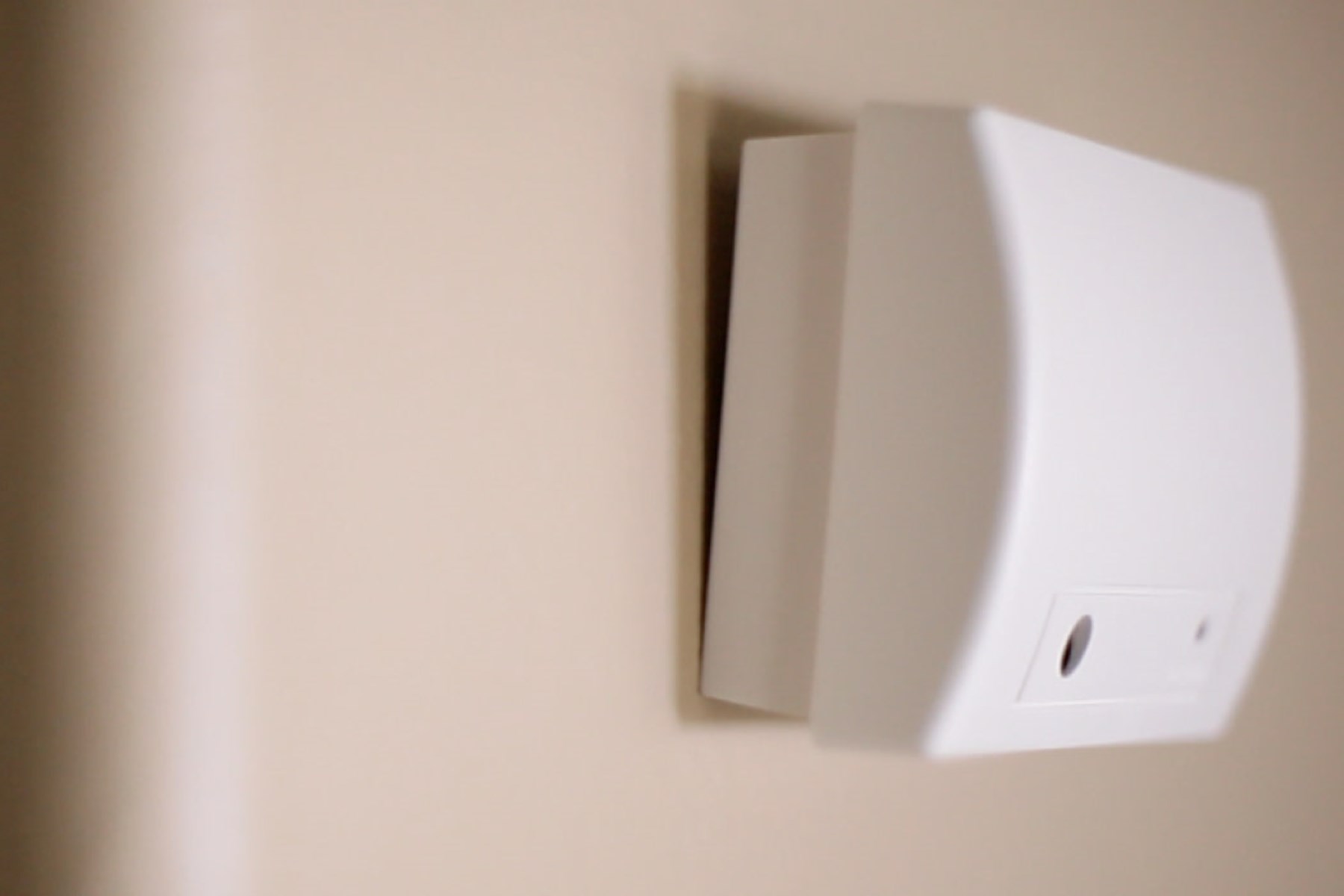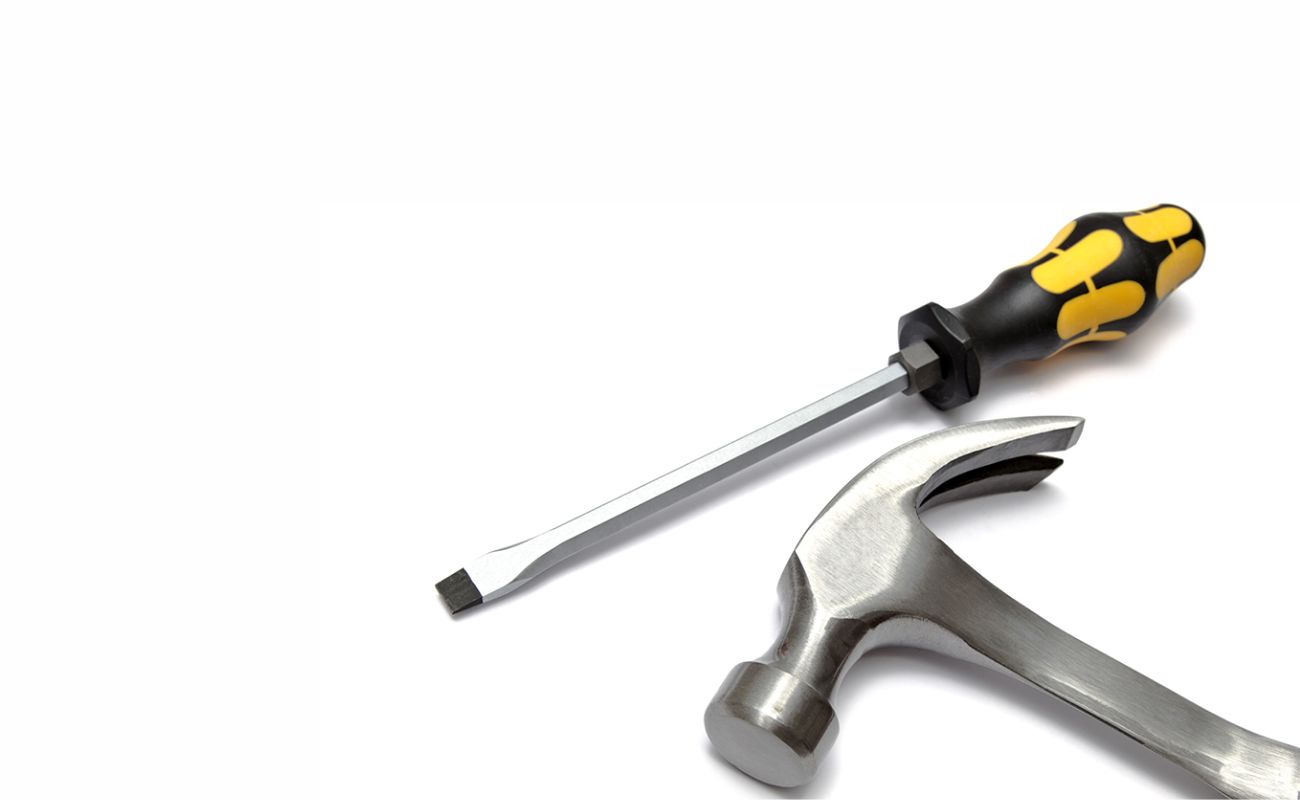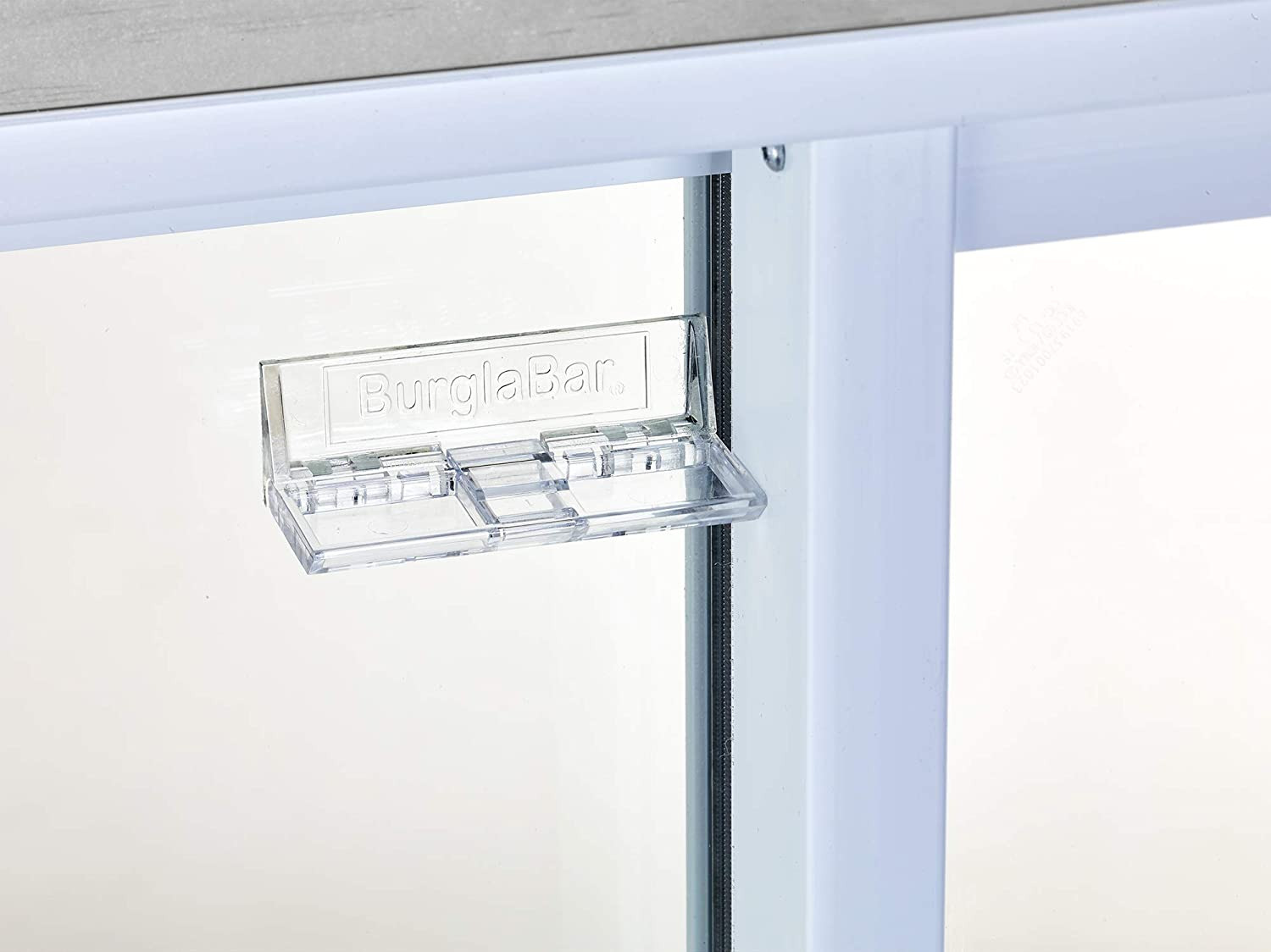Home>Furniture>Bedroom Furniture>How To Break In A Mattress


Bedroom Furniture
How To Break In A Mattress
Modified: October 30, 2024
Learn how to break in a mattress and enhance your comfort in your bedroom with our expert tips and tricks. Find the best bedroom furniture for a restful night's sleep.
(Many of the links in this article redirect to a specific reviewed product. Your purchase of these products through affiliate links helps to generate commission for Storables.com, at no extra cost. Learn more)
Introduction
When it comes to purchasing a new mattress, many people may not be aware of the importance of breaking it in. Just like a brand new pair of shoes or a stiff leather couch, a mattress needs time to adjust and conform to your body, ensuring maximum comfort and support. In this article, we will explore the reasons why breaking in a mattress is crucial and provide you with a step-by-step guide on how to do it effectively.
Most mattresses are shipped compressed and tightly packaged for easy delivery. While this allows for convenient transportation, it also means that the mattress needs time to expand and settle into its proper shape. Additionally, the materials used in mattresses, such as foam or coils, may need some time to adapt to your body weight and sleeping positions.
By following the recommended process of breaking in a mattress, you can optimize its lifespan, improve its overall feel, and ensure that it provides the necessary support for a restful sleep. So, let’s dive into the reasons why breaking in a mattress is essential and how you can accomplish it.
Key Takeaways:
- Breaking in a mattress is crucial for optimal comfort, support, and longevity. Follow the step-by-step guide to allow your mattress to fully expand, adjust to your body, and create the ideal sleep surface.
- Give your new mattress at least 30 days to fully break in. Be patient, use it regularly, rotate and flip it, apply targeted weight and pressure, and maintain proper support for a restful and rejuvenating sleep experience.
Read more: How To Break In A Memory Foam Mattress
Why Break in a Mattress?
Breaking in a mattress is crucial for several reasons. Firstly, it allows the mattress to fully expand and regain its original shape. Most mattresses are compress-packed for shipping, which means they need time to expand and stabilize before providing optimal support and comfort.
Secondly, breaking in a mattress helps to alleviate any initial firmness or stiffness. When a mattress is new, the materials may feel a bit rigid, and it may take some time for them to loosen up and conform to your body. By breaking in the mattress, you allow the materials to soften and mold to your specific contours, ensuring a more personalized and comfortable sleep surface.
Another important reason to break in a mattress is to eliminate any potential off-gassing. Some mattresses, especially those made of memory foam or synthetic materials, may emit a slight odor when first unpacked. By airing out and breaking in the mattress, you allow these odors to dissipate and create a more pleasant sleeping environment.
Additionally, breaking in a mattress promotes longevity. By following the recommended steps, you can ensure that the mattress wears evenly and maintains its structural integrity over time. This not only prolongs the lifespan of the mattress but also prevents sagging or uneven wear patterns that could affect your sleep and overall comfort.
Lastly, breaking in a mattress helps to acclimate your body to the new sleep surface. We all have our own preferences when it comes to mattress firmness and support. By giving your body time to adjust to the new mattress, you can determine if any adjustments or modifications are necessary, such as adding a mattress topper or adjusting the bed frame or foundation.
Overall, breaking in a mattress is essential to ensure that it reaches its full potential in terms of comfort, support, and durability. It allows the materials to settle and adapt to your body, eliminates any initial odors, and helps you customize the sleep experience to your preferences.
How Long Does it Take?
The duration of breaking in a mattress can vary depending on several factors, including the type of mattress, materials used, and individual preferences. In general, it is recommended to give the mattress at least 30 days to fully break in.
During the first few days, you may notice some initial changes in the mattress’s feel as it expands and adjusts to your body. However, it is important to note that significant improvements in comfort and support can take some time.
If you have purchased a memory foam mattress, it may take a bit longer to fully break in. Memory foam mattresses typically have a “break-in period” where they may feel firmer initially, but gradually soften and conform to your body over time. This process may take anywhere from 2 to 4 weeks.
On the other hand, innerspring or hybrid mattresses may require a slightly shorter break-in period. These mattresses typically have a more traditional feel and tend to be more responsive and supportive from the start. However, it is still a good idea to give them at least a few weeks to allow the materials to settle and adjust.
It is essential to be patient during the breaking-in process and remember that everyone’s experience may vary. Some individuals may find that their mattress feels comfortable right away, while others may require more time to adapt to the new sleep surface.
Additionally, it is worth noting that personal preferences play a role in how long it takes to break in a mattress. If you prefer a softer feel, you may find that the mattress feels more comfortable sooner. Conversely, if you prefer a firmer surface, it may take a bit longer for the mattress to reach your desired level of support.
In summary, it is recommended to give your mattress at least 30 days to fully break in. However, it is important to listen to your body and make adjustments if necessary. If after a month the mattress still does not provide the comfort and support you desire, you may consider reaching out to the manufacturer or considering additional measures such as adding a mattress topper or adjusting your sleep environment.
Step 1: Remove the Packaging
Before you can begin the process of breaking in your mattress, you need to start by removing the packaging and allowing it to expand. Most mattresses are delivered in a tightly compressed and vacuum-sealed package to facilitate shipping and transportation.
Begin by carefully cutting open the plastic wrap or outer covering of the mattress. Be cautious not to use sharp objects that could potentially damage the mattress. Once the packaging is removed, the mattress will start to decompress and expand.
It is important to note that some mattresses may have an additional inner plastic covering or a second layer of protective material. Remove any additional layers as indicated by the manufacturer. This will ensure that the mattress can fully expand without any obstructions.
Allow the mattress to rest on a flat and stable surface, such as a bed frame or foundation. Avoid bending or folding the mattress as this can damage the internal structures and affect its performance.
Once the packaging is removed and the mattress is properly positioned, leave it undisturbed for a few hours. This will provide ample time for the mattress to regain its original shape and for any initial odors to dissipate.
It is normal for the mattress to release a slight “new mattress smell” during this time. Opening windows or using fans in the room can help with the ventilation process and speed up the dissipation of any odors.
By removing the packaging and allowing the mattress to expand in a well-ventilated space, you are setting the foundation for a successful breaking-in process. Now that the mattress is unpacked and positioned correctly, you can move on to the next step in the process.
Step 2: Allow for Natural Expansion
After removing the packaging, it is essential to give your mattress time to naturally expand and regain its proper shape. This step is especially crucial for foam mattresses, as they may take longer to reach their intended firmness level.
Place the mattress in a well-ventilated room with plenty of space for it to fully expand. Keep in mind that some mattresses may take up to 24-48 hours to reach their optimal size and firmness. During this time, avoid placing any heavy objects on the mattress or applying excessive pressure, as it can disrupt the expansion process.
It is normal for foam mattresses to have a slightly “off-gassing” odor during the expansion process. This odor is harmless and will typically dissipate within a few days. Opening windows or using fans in the room can help to expedite the odor dissipation.
While the mattress is expanding, resist the temptation to sleep on it right away. Allow it to fully expand and stabilize before using it for regular sleep. This will ensure that the mattress reaches its intended level of support and comfort.
During this period, you can take the opportunity to clean your bedsheets, prepare your bed frame or foundation, and make any necessary adjustments to your sleep environment. This will help streamline the process and ensure that your mattress is ready for a good night’s sleep once it has fully expanded.
Remember that the duration of the natural expansion process may vary depending on the specific mattress model, materials used, and room temperature. It is essential to refer to the manufacturer’s guidelines for more accurate information regarding your specific mattress.
By allowing your mattress to naturally expand, you are ensuring that it reaches its optimal size, firmness, and comfort levels. This step sets the stage for a comfortable and supportive sleep surface that will last for years to come.
Read more: How Long For A Mattress To Break In
Step 3: Frequent Use
Once your mattress has fully expanded and reached its intended firmness level, it is time to start using it regularly. One of the best ways to break in a mattress is through frequent and consistent use.
Make it a habit to sleep on your new mattress every night to help it conform to your body shape and sleeping habits. This will allow the materials to loosen up and adjust to your specific needs.
During the first few weeks of use, you may notice some changes in the feel and comfort of the mattress. It is normal for it to become slightly softer as the foams or springs settle and adapt to your body weight and sleeping positions.
Rotate your body position throughout the night and vary your sleeping positions to evenly distribute your weight and pressure on the mattress. This will help prevent the formation of permanent indentations and ensure the longevity of the mattress.
In addition to sleeping, spend some time sitting or lounging on the mattress during the day. This will help accelerate the breaking-in process by applying pressure and allowing the materials to conform to your body.
It is important to be patient during this phase, as the breaking-in process can take time. Each mattress has its own unique characteristics and may require varying amounts of use to reach its optimum comfort level.
By using your new mattress frequently, you are actively assisting in the breaking-in process. Over time, you will notice the mattress becoming more comfortable and providing the support necessary for a restful night’s sleep.
Remember to continue using your mattress consistently for at least a few weeks to allow it to fully adapt to your body. The more you use it, the better it will conform to your specific needs and preferences.
Now that you are using your mattress regularly, it’s time to move on to the next step in breaking it in – rotating and flipping.
Rotate your mattress regularly to ensure even wear and break-in. This will help prevent sagging and extend the life of your mattress.
Step 4: Rotate and Flip
Rotating and flipping your mattress on a regular basis is an important step in breaking it in and ensuring even wear. This is particularly relevant for double-sided mattresses or those with different comfort levels on each side.
Start by referring to the manufacturer’s guidelines to determine the recommended schedule for rotating and flipping your specific mattress. In general, it is recommended to rotate the mattress every 3 to 6 months and flip it every 6 to 12 months.
To rotate the mattress, simply turn it 180 degrees so that the head end becomes the foot end. This will help distribute the weight evenly across the mattress and prevent the development of permanent body impressions in one particular area.
If your mattress is double-sided or has different firmness levels on each side, flipping it is also necessary. Flip the mattress over so that the opposite side is now facing up. This will ensure that both sides of the mattress receive equal pressure and wear over time.
Rotating and flipping your mattress helps to prevent sagging and maintain its structural integrity. It allows the materials to adjust and adapt to different areas of your body, ensuring consistent support and comfort throughout the mattress.
While rotating and flipping your mattress, take the opportunity to inspect it for any signs of wear and tear, such as loose stitching or springs. If you notice any significant damage, it is advisable to contact the manufacturer for assistance or warranty coverage.
By regularly rotating and flipping your mattress, you are promoting even wear and prolonging its lifespan. This step is essential in the breaking-in process and maintaining the overall quality of your mattress.
Now that you have rotated and flipped your mattress, it’s time to move on to the next step – applying weight and pressure.
Step 5: Apply Weight and Pressure
To further break in your mattress and help it conform to your body, applying weight and pressure in targeted areas can be beneficial. This step assists in molding the mattress to your unique contours and promoting optimal comfort and support.
One way to apply weight and pressure is by using your body. Spend some time sitting or lying in different positions on the mattress. This helps distribute your body weight evenly and encourages the materials to adjust and conform to your specific shape.
Consider focusing on areas that need extra attention, such as the hips, shoulders, and lower back. Spend a few minutes deliberately putting pressure on these areas to allow the mattress to contour and provide personalized support.
Another way to apply weight and pressure is by using heavy objects. If you have a specific area of the mattress that feels slightly firmer or needs more flexibility, place a weighted object, like books or pillows, on that spot for a period of time. This can help break in that specific area and promote even wear.
Remember not to overload or exert excessive pressure on the mattress, as this can cause unnecessary strain or damage. Be mindful of the mattress’s weight limit and adhere to any specific guidelines provided by the manufacturer.
Keep in mind that applying weight and pressure should be done periodically and not continuously. Allow the mattress time to recover and readjust between these targeted applications. Regular use combined with targeted weight and pressure will help achieve the desired level of comfort and support.
By applying weight and pressure strategically, you are actively assisting the breaking-in process and tailoring the mattress to your specific needs and preferences.
Now that you have applied weight and pressure, it’s time to move on to the next step – regular cleaning.
Step 6: Regular Cleaning
Maintaining a clean and hygienic mattress is vital for both its longevity and your overall sleep health. Regular cleaning helps remove dirt, dust, allergens, and sweat that can accumulate over time. It also promotes a fresh and pleasant sleep environment.
Start by regularly vacuuming your mattress using the upholstery attachment. This will help remove surface dust and dirt that may have settled on the fabric. Pay special attention to the seams, corners, and edges where debris tends to accumulate.
For any spills or stains, address them promptly to prevent them from setting in. Blot the affected area with a clean cloth or paper towel to absorb as much liquid as possible. Avoid rubbing or scrubbing, as it can push the stain deeper into the mattress fabric.
If needed, you can spot clean the mattress using a mild detergent mixed with water. Gently dab the soiled area with a clean cloth or sponge, working from the outside of the stain toward the center. Rinse the area with a damp cloth and allow it to air dry completely before covering the mattress again.
To further protect your mattress from spills, stains, and allergens, consider using a mattress protector or topper. These accessories provide an additional layer of protection and can be easily removed and washed, ensuring a clean and sanitary sleep surface.
In addition to regular cleaning, it is advisable to flip and rotate your mattress as mentioned in Step 4. This helps prevent the accumulation of dust and allergens in one specific area and promotes even wear.
By incorporating regular cleaning into your mattress care routine, you are maintaining a healthy and hygienic sleep environment. This step not only improves the lifespan of your mattress but also contributes to a better overall sleep experience.
With a clean and well-maintained mattress, it’s time to move on to the final step – maintaining proper support.
Read more: How Long To Break In A Mattress
Step 7: Maintain Proper Support
To ensure the longevity and performance of your mattress, it is crucial to provide it with proper support. Adequate support not only improves the mattress’s durability but also enhances your comfort and sleep quality.
Begin by ensuring that your mattress is placed on a suitable bed frame or foundation. The type of support system you use can greatly influence how well your mattress holds up over time. Follow the manufacturer’s recommendations regarding the ideal support system for your specific mattress.
Inspect the bed frame or foundation regularly to ensure it remains in good condition. Check for any signs of wear, damage, or sagging that could compromise the support and stability of the mattress. Address any issues promptly to prevent further damage.
It is also important to maintain a level surface for your mattress. Even slight tilting or sagging can impact the comfort and longevity of the mattress. Use shims or additional support if necessary to level the sleeping surface and provide consistent support from edge to edge.
If you have an adjustable bed frame, ensure that it is properly set to the desired position. Check for any issues with the mechanisms, such as jamming or uneven movement, and address them promptly to maintain optimal support and functionality.
Proper support also extends to the use of a supportive and appropriate pillow. A pillow that aligns your head, neck, and spine helps maintain proper spinal alignment, ensuring a comfortable and supportive sleeping position.
By providing your mattress with proper support, you enhance its durability and performance. This step ensures that your mattress remains in optimal condition for a longer period, providing you with a restful and supportive sleep experience night after night.
Now that you have learned the importance of maintaining proper support, let’s conclude our guide to breaking in a mattress.
Conclusion
Breaking in a mattress is essential to maximize comfort, support, and longevity. By following the steps outlined in this guide, you can effectively break in your mattress and optimize your sleep experience.
Start by removing the packaging and allowing the mattress to fully expand. This ensures that it reaches its intended size and shape. Then, give it time to naturally adjust and conform to your body by using it regularly. Rotate and flip the mattress periodically to promote even wear and maintain its structural integrity.
Applying weight and pressure in targeted areas can further mold the mattress to your body contours. This step helps enhance comfort and support. Regularly cleaning the mattress removes dirt, dust, and allergens, creating a clean sleep environment.
Maintaining proper support through a suitable bed frame, foundation, and pillow ensures that your mattress remains in optimal condition. This step supports the mattress’s durability and your overall sleep health.
Remember, the breaking-in process may take some time and individual experiences may vary. Be patient and allow your body and mattress to adapt. If you are still not satisfied with the comfort and support after a reasonable amount of time, consider reaching out to the manufacturer for assistance.
By investing time and effort in breaking in your mattress, you are creating the ideal sleep surface that will provide you with years of restful nights and rejuvenating sleep.
Now, go ahead and enjoy the full potential of your carefully chosen mattress!
Frequently Asked Questions about How To Break In A Mattress
Was this page helpful?
At Storables.com, we guarantee accurate and reliable information. Our content, validated by Expert Board Contributors, is crafted following stringent Editorial Policies. We're committed to providing you with well-researched, expert-backed insights for all your informational needs.













